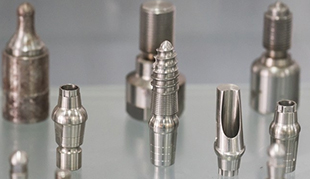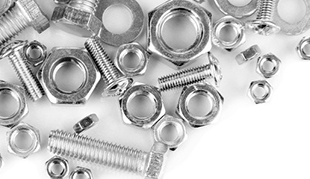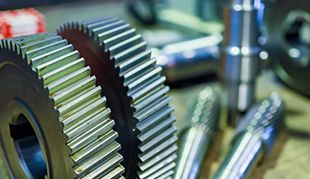Metal injection molding technology meets all formats of automotive parts manufacturing
The automotive industry constantly seeks innovative manufacturing processes to enhance performance, reduce costs, and optimize designs. Metal Injection Molding (MIM) has emerged as a game-changer, offering a unique combination of design flexibility, cost-effectiveness, and precision for producing complex metal components. Next, we will explore the application of MIM in the automotive sector, highlighting its numerous advantages and how it is transforming the way automotive parts are made.
What is Metal Injection Molding (MIM)?
Metal Injection Molding is a manufacturing process that merges traditional plastic injection molding with powdered metal technology. The process begins with the production of a feedstock, consisting of fine metal powders mixed with a thermoplastic binder. This mixture is then injected into a mold cavity, similar to conventional plastic injection molding. After injection, the component undergoes a debinding process to remove the binder, followed by sintering to fuse the metal particles into a solid metal component with excellent mechanical properties.
Advantages of MIM in Automotive Applications
1. Complex Geometries: MIM enables the production of intricate and complex automotive parts that would be difficult or impossible to achieve through traditional manufacturing methods. This allows designers to push the boundaries of innovation and create components with improved performance.
2. Cost Savings: MIM can significantly reduce production costs for automotive parts. Compared to machining or other metal forming processes, MIM requires less material waste, minimal secondary operations, and shorter lead times, leading to cost-effective production.
3. Material Diversity: MIM supports a wide range of metal alloys, providing manufacturers the flexibility to choose materials that meet specific automotive performance requirements. From stainless steel to titanium, MIM can accommodate diverse material needs.
4. High Precision: MIM boasts exceptional dimensional accuracy, ensuring consistent part-to-part repeatability. This precision is crucial in automotive applications, as it guarantees proper fit and functionality of the components.
5. Enhanced Mechanical Properties: With a homogeneous microstructure and high density, MIM-produced parts exhibit excellent mechanical properties, including high strength, wear resistance, and fatigue resistance, making them ideal for critical automotive components.

Automotive Components Manufactured Using MIM
1. Gears and Sprockets: MIM is widely used to produce gears and sprockets in automotive transmission systems. The process allows for the creation of precise gear teeth and intricate shapes, resulting in smooth and efficient power transfer.
2. Engine Components: MIM is employed to manufacture various engine components, such as valve guides, rocker arms, and fuel injector components. These parts demand high precision and strength, which MIM can readily achieve.
3. Brake System Components: MIM is utilized in the production of brake caliper pistons, providing excellent wear resistance and dimensional stability to ensure optimal braking performance.
4. Airbag Components: MIM plays a crucial role in manufacturing small, intricate components used in airbag deployment systems, guaranteeing reliable and instantaneous response during emergencies.
5. Electronic Connectors: MIM is employed to create complex electrical connectors, ensuring seamless communication between various electronic systems in modern vehicles.
Environmental Impact of MIM
MIM's production process generates less waste compared to traditional metal forming methods, contributing to a greener and more sustainable automotive industry. Additionally, the ability to create lightweight components through MIM can improve fuel efficiency and reduce overall emissions.
Metal Injection Molding has emerged as a transformative manufacturing process in the automotive industry, revolutionizing the way complex metal components are produced. With its design flexibility, cost-effectiveness, and precision, MIM enables the creation of high-performance automotive parts that meet the industry's ever-evolving demands. As the automotive sector continues to push the boundaries of innovation, MIM will play an increasingly vital role in shaping the future of transportation.






